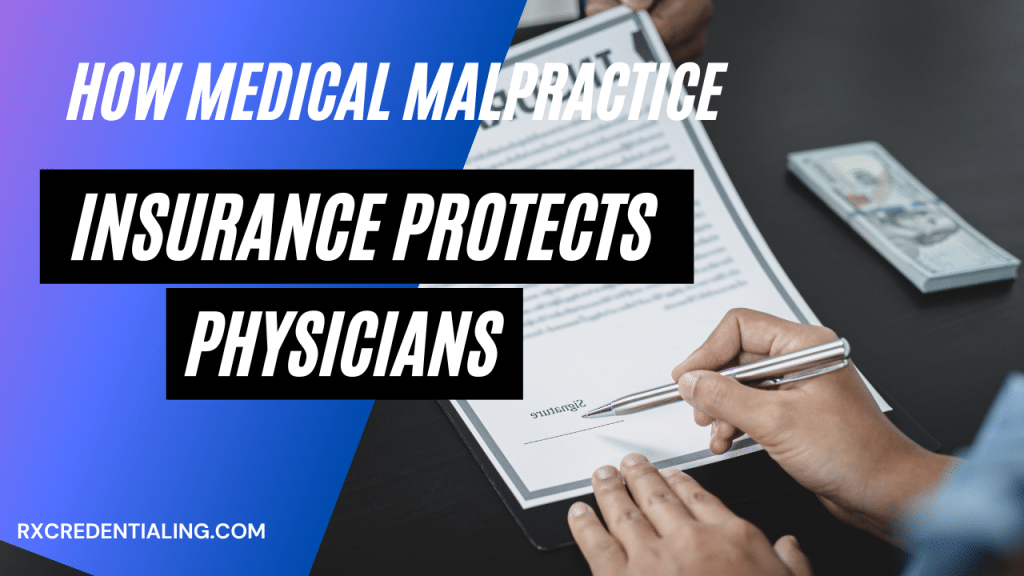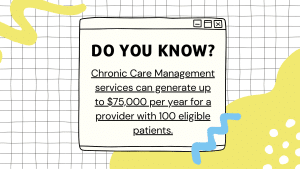A general terminology for professional liability insurance coverage for physicians.
A malpractice coverage protects a physician from liability that may arise as a result of providing or failing to provide medical services.
What a typical malpractice policy will cover?
- The expenses incurred in investigating any allegations made against a covered physician;
- The expenses incurred in defending against those allegations; and
- The expense of any legal settlement or court judgment on behalf of the covered physician, up to the policy limitations.
What is the average duration of a policy period?
Most malpractice insurance have a policy length of 12 months.
What kinds of restrictions are usually imposed?
Liability restrictions are included in all plans.
This is the maximum a policyholder’s insurer will pay out under the terms of the policy.
Limits are often provided on a per-claim (or per-occurrence) and annual aggregate basis.
A policy may, for example, include a $1 million per-claim limit with a $3 million annual aggregate maximum.
This is commonly expressed as $1 million/$3 million.
The coverage will pay up to $1 million for any one claim, and up to $3 million for all claims submitted in any given year.
If you face claims or judgements, you will be individually liable for any losses that exceed your insurance policy limitations.
What is normally covered by a policy?
A malpractice insurance policy generally covers the insured for damages resulting from the provision or failure to provide professional healthcare services.
If you are the owner or shareholder of a medical practice, be sure that the coverage extends to your Professional Corporation and employees.
Determine if these limitation are shared by all or apply to each individual.
If you have a solo or small practice, you may wish to add insurance for locum tenens coverage in your policy.
Many insurers provide such coverage for 30 to 120 days per year at no extra cost.
A professional liability policy can be expanded to cover a physician’s company (P.C.) as well as employees.
Unless stated explicitly, coverage does not extend to physician assistants, nurse practitioners, nurse midwives, or CRNAs, and may not cover residents or locum tenens physicians.
Policies are written on what basis?
Occurrence coverage
Occurrence physician malpractice insurance cover events that occur during the policy’s term, regardless of when the incidence is reported to the insurer.
Claims-made coverage
Claims-made plans cover events that occur after the retroactive date and are reported to the insurer while the policy is still in effect.
Retroactive date
In order for coverage under a claims-made policy to apply, the incident or claim must have happened after the policy’s retroactive date.
For majority of physicians, this retroactive date is the day they initially obtained claims-made professional liability policy.
When the policy is renewed, the retroactive date should remain the same.
Tail
A tail is often referred to as an extended reporting period (ERP).
If a physician retires, becomes disabled, or dies, or changes carriers and is unable to keep their original retroactive date, an ERP may be required.
The ERP effectively extends coverage to any claims arising from care delivered throughout the policy term (and, if appropriate, preceding acts period), including those made within the reporting period.
Some carriers may restrict the ERP and only allow claims to be reported for a limited time (12 months, 36 months, etc.).
The carrier will charge an extra fee for the ERP, which is usually a percentage of the annual fee.
It is better to buy an unlimited ERP, but this is not always a choice. In certain circumstances, the carrier will offer the physician with a free tail in the event of disability, death, or retirement.
To qualify for the free tail, the physician must be covered with the same insurer for a minimum of five years.
Prior acts period
The prior acts period, commonly known as “nose” coverage in a claims-made policy, is the time between a physician’s retroactive date from a prior policy and the current policy period.
What Types of Insurance are required to Practice Telemedicine?
Practicing telemedicine is a great opportunity now a days. It may bring efficiency and cost savings to your practice however there is also an increased liability for the provider or medical practice offering it.
To have telehealth insurance coverage for professionals is key, when providing telemedicine services.
Here are a few main types of insurance, you should be aware of.
Professional Liability
This is the broad word for the many types of insurance necessary to function as a medical professional, as well as a telehealth professional.
Professional liability insurance is also referred to as professional indemnity insurance or Errors and Omissions (E&O) insurance.
This sort of insurance protects you as a healthcare practitioner from having to pay the entire court expenses and attorney fees associated with defending yourself against a negligence claim or another type of litigation.
Cyber Liability
Operating on the internet through devices can bring harm as well, there could be cyber-attacks.
To mitigate the risk of cyber-attack, cyber insurance can be included to your existing policy.
Cyber Liability will safeguard you against data breaches involving your clients’ information, as well as asynchronous failures and device monitoring failures.
Medical Malpractice
When practicing telemedicine, medical malpractice insurance is required.
Medical malpractice insurance is a form of Errors and Omissions (E&O) insurance.
This type of coverage will cover physicians and other healthcare workers against lawsuits made by patients or somebody else.
These claims may be made as a result of negligent conduct, errors or anything else that causes a damage to a patient.
Although telemedicine has evolved tremendously in a variety of healthcare contexts but still it is new.
As a result, there are a few factors to consider when selecting a Medical Malpractice insurance provider as a telemedicine practitioner.
Things to Consider While Moving to a Telehealth Service
There are a few important aspects to consider regarding medical malpractice insurance if you are starting new telehealth practice or you are just moving from tradition medical practice to telehealth.
- If you currently have a malpractice policy, you must check that your current provider will continue to cover you for telehealth services, or that your new provider will supply the necessary components to be a telehealth provider.
- Confirm that your insurance covers the state in which you want to serve, as well as any others in which you are lawfully authorized to serve.
- You must ensure that your Malpractice Liability insurance covers you in many states if required.
- Determine whether you need additional Cyber Liability insurance in addition to Malpractice insurance.
- Do give some time to read the proposal in order to identify whether there are any restrictions or requirements.
Not only is becoming a telehealth professional convenient, but it is also a great way to stay current and competitive in a technological world.
As long as you are protected and do your due diligence in terms of telehealth insurance coverage, you should excel in business and improve your practice to stay in business during hard times.
























